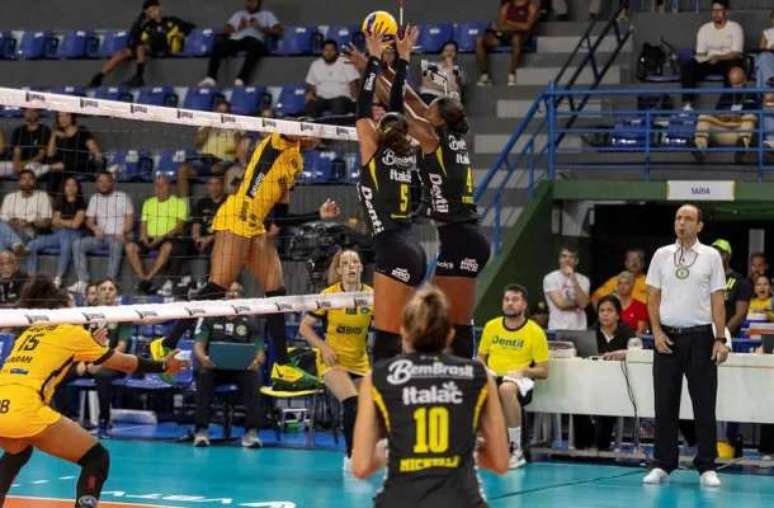This is what emerges from the new data from the Higher Education Census; for the first time the EAD centers are also detailed
Only one in four young people who graduate from high school go on to college the following year. The unprecedented data appears in the Higher Education Census, released last week by the Ministry of Education (MEC)which showed that the country reached 9.9 million college students, the highest number in nine years. And distance education is nearly surpassing in-person education, with 4.9 million students.
Among those who graduated in 2022, 27% entered higher education in 2023. The outcome is better in federal schools, where this percentage rises to 58% (only 1% below private schools), but it is even worse in state schools, where it is in the 21% range. If we consider technical secondary education, one of the country’s needs according to experts, the value improves: 44%.
But social inequalities also emerge. Among young blacks, 17% enter the following year. White girls and boys make up 37%, regardless of school system. There is also a disparity by place of study: 27% of urban school students entered higher education immediately after completing basic education. Meanwhile, in rural schools, this percentage was 16%.
Despite the increase in registrations, the situation worries experts. “Research has already demonstrated the improvements that higher education can bring in terms of employability and income, as well as increasing the country’s productivity and reducing social inequalities. An increase in higher education enrollments needs to be encouraged,” he said. declared Rodrigo Capelato, executive director of Estadão di Semesp, a union that brings together educational institutions.
The MEC study also demonstrated the importance of access and financing policies (ProUni and Fies). Furthermore, inclusion programs were measured: according to the survey, 51% of quota students in the federal network completed the course, while among non-quota students it was 41%.
Another unprecedented section shows the importance of distance learning in the 5,570 Brazilian municipalities with students attending higher education. The analysis showed that 89.7% of enrollments in distance learning take place in 1,085 municipalities where in-person courses are already offered. And the rest appear in 2,281 municipalities where this is the only way to obtain a degree.
The data highlights the need to review the regulatory framework for online teaching, which the MEC will have to conclude by December. “Among the youngest, the preference goes to in-person teaching. In-person teaching must grow to regain the attractiveness of higher education and even improve our net enrollment rate,” says Capelato, highlighting the average increase of distance learning enrollments by 17.58% per year between 2015 and 2022 – and now another growth of 13.46%. “We need to organize the system better, without demonizing the distance learning method.”
In releasing the data, the regulatory secretary of the Ministry of Education, Marta Abramo, underlined that she was focused on reviewing the quality parameters to evaluate the sector. “We had a document from 2007 and we had to review the whole situation. That’s what we’re doing now,” he said. However, he did not specify when the parameters will be made known.
The MEC attributes this accelerated pace of increase in distance learning to a decree signed in 2017, which made the opening of distance education centers in the country more flexible. The following year, the supply of distance learning places has already exceeded the supply of distance learning places. places of the person.
Enem, Fuvest and more entrance exams: how to maintain mental health and face the last stretch of study
2
Enem has 5 million subscribers; understand how the test has become the main channel of access to universities
3
As well as Fuvest and Enem: how to enter a public university without taking the entrance exam
4
How to prepare for an entrance exam
Source: Terra
Rose James is a Gossipify movie and series reviewer known for her in-depth analysis and unique perspective on the latest releases. With a background in film studies, she provides engaging and informative reviews, and keeps readers up to date with industry trends and emerging talents.


![Un Si Grand Soleil Preview: Episode Summary for Tuesday, October 21, 2025 [SPOILERS] Un Si Grand Soleil Preview: Episode Summary for Tuesday, October 21, 2025 [SPOILERS]](https://fr.web.img4.acsta.net/img/c7/7f/c77f5c02e3632e8e611d5041c2b9f36e.jpg)



